Precious elements such as platinum work well as catalysts in chemical reactions, but require large amounts of metal and can be expensive. However, computational modeling below the nanoscale level may allow researchers to design more efficient and affordable catalysts from gold.
Dec 9th, 2014
Read more
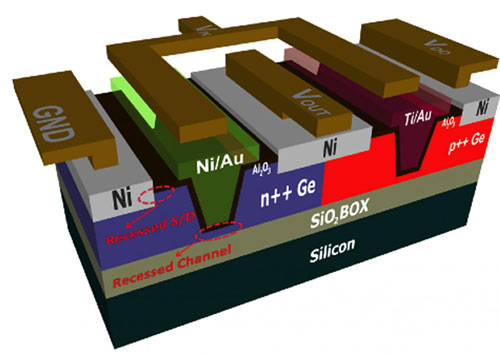 A laboratory at Purdue University provided a critical part of the world's first transistor in 1947 - the purified germanium semiconductor -and now researchers here are on the forefront of a new germanium milestone.
A laboratory at Purdue University provided a critical part of the world's first transistor in 1947 - the purified germanium semiconductor -and now researchers here are on the forefront of a new germanium milestone.
Dec 9th, 2014
Read more
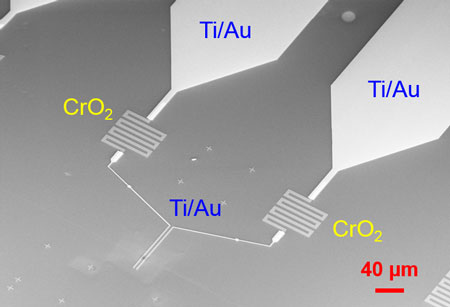 The electrical characteristics of new thin-film chromium oxide resistors can be tuned by controlling the oxygen content.
The electrical characteristics of new thin-film chromium oxide resistors can be tuned by controlling the oxygen content.
Dec 9th, 2014
Read more
Researchers have long viewed molybdenum sulfide (MoS2) as a promising, much cheaper alternative to platinum. The drawback is that MoS2's catalytic performance is far worse than platinum's. To get around that problem, researchers have been trying to find ways to improve MoS2's catalytic performance. And now they may be on to something.
Dec 9th, 2014
Read more
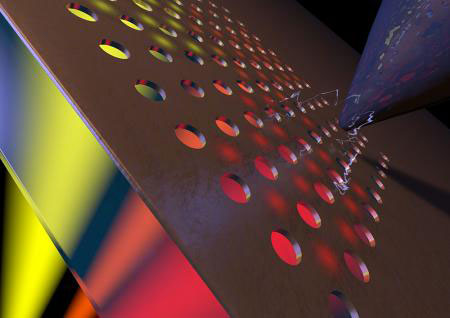 The photovoltaic cells now used to turn sunlight into electricity can only absorb and use a small fraction of that light, and that means a significant amount of solar energy goes untapped. A new technology represents a first step toward harnessing that lost energy.
The photovoltaic cells now used to turn sunlight into electricity can only absorb and use a small fraction of that light, and that means a significant amount of solar energy goes untapped. A new technology represents a first step toward harnessing that lost energy.
Dec 9th, 2014
Read more
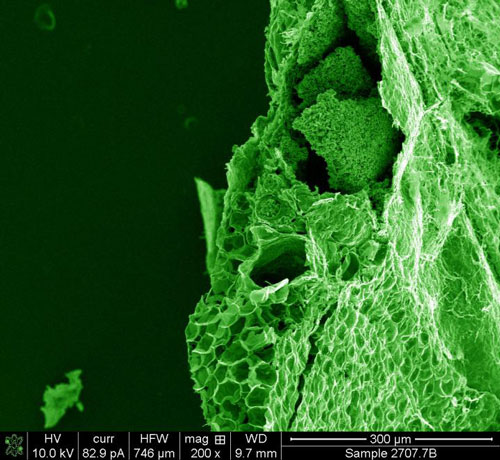 'Zombie' method also hardens biostructures for mass production.
'Zombie' method also hardens biostructures for mass production.
Dec 9th, 2014
Read more
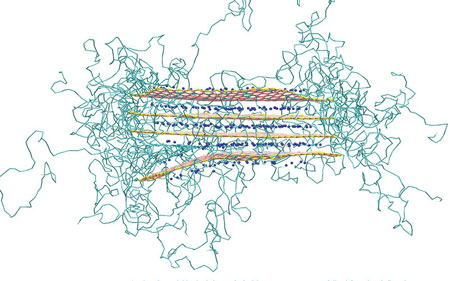 The 'virtual lab' developed using supercomputer simulations greatly improves scientists' understanding of how composite materials are built on a molecular level.
The 'virtual lab' developed using supercomputer simulations greatly improves scientists' understanding of how composite materials are built on a molecular level.
Dec 9th, 2014
Read more
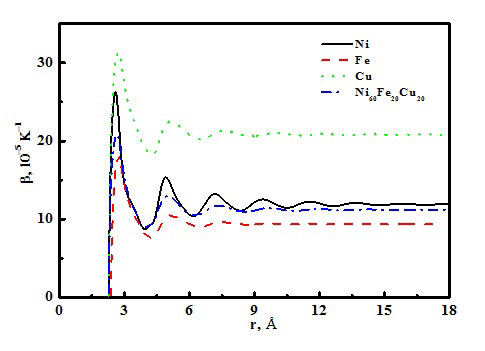 The objective of this paper is to explore the relationship between atomic structure and thermal expansion, to study if the thermal expansion coefficient can be predicted in atomic scale and to find how many atoms are sufficient to perform this prediction.
The objective of this paper is to explore the relationship between atomic structure and thermal expansion, to study if the thermal expansion coefficient can be predicted in atomic scale and to find how many atoms are sufficient to perform this prediction.
Dec 9th, 2014
Read more
Die M�glichkeiten des Nachstellens hochkomplexer Vorg�nge auf der atomaren Ebene mithilfe von genau kontrollierbaren Quantensystemen erforscht eine internationale Forschungsgruppe unter Beteiligung der Freien Universit�t Berlin.
Dec 9th, 2014
Read more
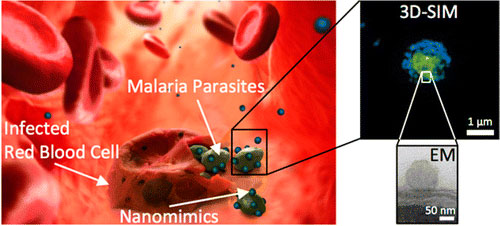 Researchers have developed so-called nanomimics of host cell membranes that trick the parasites. This could lead to novel treatment and vaccination strategies in the fight against malaria and other infectious diseases.
Researchers have developed so-called nanomimics of host cell membranes that trick the parasites. This could lead to novel treatment and vaccination strategies in the fight against malaria and other infectious diseases.
Dec 9th, 2014
Read more
A new fluorescence-imaging agent that could significantly increase surgeons' accuracy when removing cancerous tumors.
Dec 8th, 2014
Read more
 New technology (the size of a USB memory stick) could revolutionize genomic sequencing of drug-resistant bacteria. Researchers proved the utility of the new device by successfully mapping multi-drug resistance genes in a Typhoid-causing strain of bacteria - which has recently emerged globally. They say that the technology could enable bacterial identification, diagnosis of infectious diseases and detection of drug-resistance at the point of clinical need.
New technology (the size of a USB memory stick) could revolutionize genomic sequencing of drug-resistant bacteria. Researchers proved the utility of the new device by successfully mapping multi-drug resistance genes in a Typhoid-causing strain of bacteria - which has recently emerged globally. They say that the technology could enable bacterial identification, diagnosis of infectious diseases and detection of drug-resistance at the point of clinical need.
Dec 8th, 2014
Read more
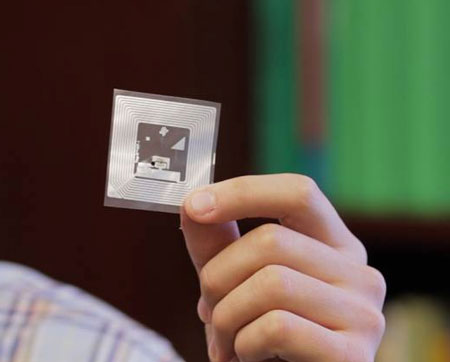 New sensor can transmit information on hazardous chemicals or food spoilage to a smartphone.
New sensor can transmit information on hazardous chemicals or food spoilage to a smartphone.
Dec 8th, 2014
Read more
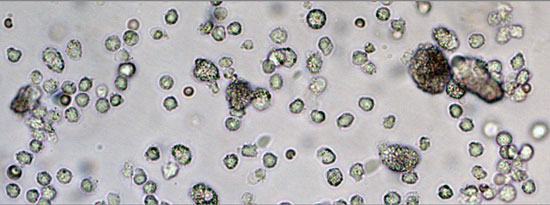 New findings show programmable biomaterials can be delivered using needle injection to induce an immune response and fight deadly diseases.
New findings show programmable biomaterials can be delivered using needle injection to induce an immune response and fight deadly diseases.
Dec 8th, 2014
Read more
 The same research team that developed the first laser based on a living cell has shown that use of fluorescent proteins in a solid form rather than in solution greatly increases the intensity of light produced, an accomplishment that takes advantage of natural protein structures surrounding the light-emitting portions of the protein molecules.
The same research team that developed the first laser based on a living cell has shown that use of fluorescent proteins in a solid form rather than in solution greatly increases the intensity of light produced, an accomplishment that takes advantage of natural protein structures surrounding the light-emitting portions of the protein molecules.
Dec 8th, 2014
Read more
Understanding how a desert beetle harvests water from dew could improve drinking water collection in dew condensers.
Dec 8th, 2014
Read more












 Subscribe to our Nanotechnology News feed
Subscribe to our Nanotechnology News feed